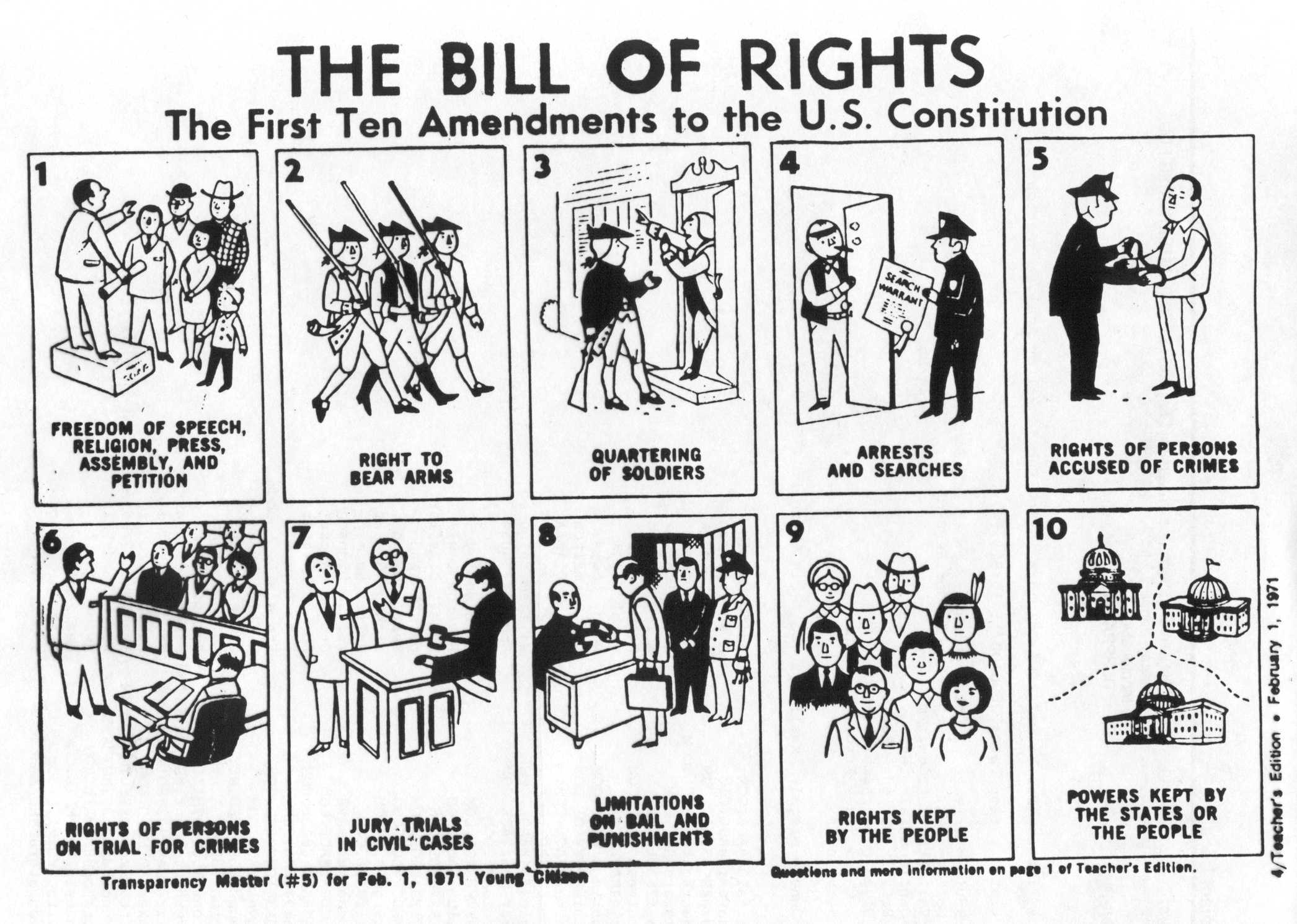 |
| Image Credit: https://teachinghistoryherway.com//wp-content/uploads/2017/02/bor-20graph34.jpg |
Studying the U.S. Constitution is one my favorite parts of the curriculum I teach. There are so many ways to make the Constitution relevant to students and several ways to “do” the Constitution in class. What I find to be the most important part of my job is to make our Constitution come alive for each student that comes to my class and to have them realize that a document that is 250 years old is involved in their everyday lives.
The first part of our study of the Constitution is the Preamble. While I’ll save the Preamble lesson for another post, I’d like to simply note that the Framers had six goals that they wanted the government and the people to achieve:
- Form a more perfect union
- Establish justice
- Insure domestic tranquility
- Provide for the common defense
- Promote the general welfare
- Secure the blessings of liberty to ourselves and our posterity.
I consider the sixth goal, securing the blessings of liberty to ourselves and our posterity, to be absolutely imperative. If “the people” of We the People don’t know and understand what their rights are, those rights become meaningless and can disappear. I am responsible for teaching generations of students their rights so that they can use and protect them for posterity. I teach them how to flex their liberty muscles if you will. How, then, do I make the Bill of Rights engaging rather than simply standing on my soap box and lecturing them? With charades, of course! Credit goes to my incredible colleague, Pete Gaynor, for this idea.
Bill of Rights charades is fun and a way for learners with different abilities to show what they know either by acting or by being able to “guess” the right that a friend is demonstrating. The first part of this lesson is having students get familiar with their rights. I ask small groups of students to list the rights that they know or think that they know on chart paper as a graffiti activity (they can write wherever they’d like on the paper). We look at their responses as a large group and identify which rights they wrote that appear in the Bill of Rights. Following that, we fill in the others that they missed. When all of their rights have been identified, students then work in groups of two to find examples of people using their rights by browsing media outlets that I provide (I prefer The New York Times, the Washington Post, and the Wall Street Journal). Students share their findings with the group. Finally, we get to the really fun part (and a great assessment!): charades!
In pairs, students are assigned an amendment. Together, they have to figure out a way to demonstrate each of the rights that amendment guarantees to them. Most students are able to both act out their rights and guess the others. They have such fun they don’t even know they are learning. If you find during the activity that students cannot act out or guess their rights, then going back to the beginning of this lesson and reviewing their rights might be necessary, but then you can do charades again.
What I like best about Bill of Rights charades (besides all of the silly stuff my students come up with), is that it is an alternative assessment that doesn’t make students nervous and allows the kinesthetic learners to show what they know in a way they might not normally be able to. By the end, you’ll have students who know what their rights are, which I believe was the intent of our Framers: to have an educated citizenry who knows how to protect themselves.
